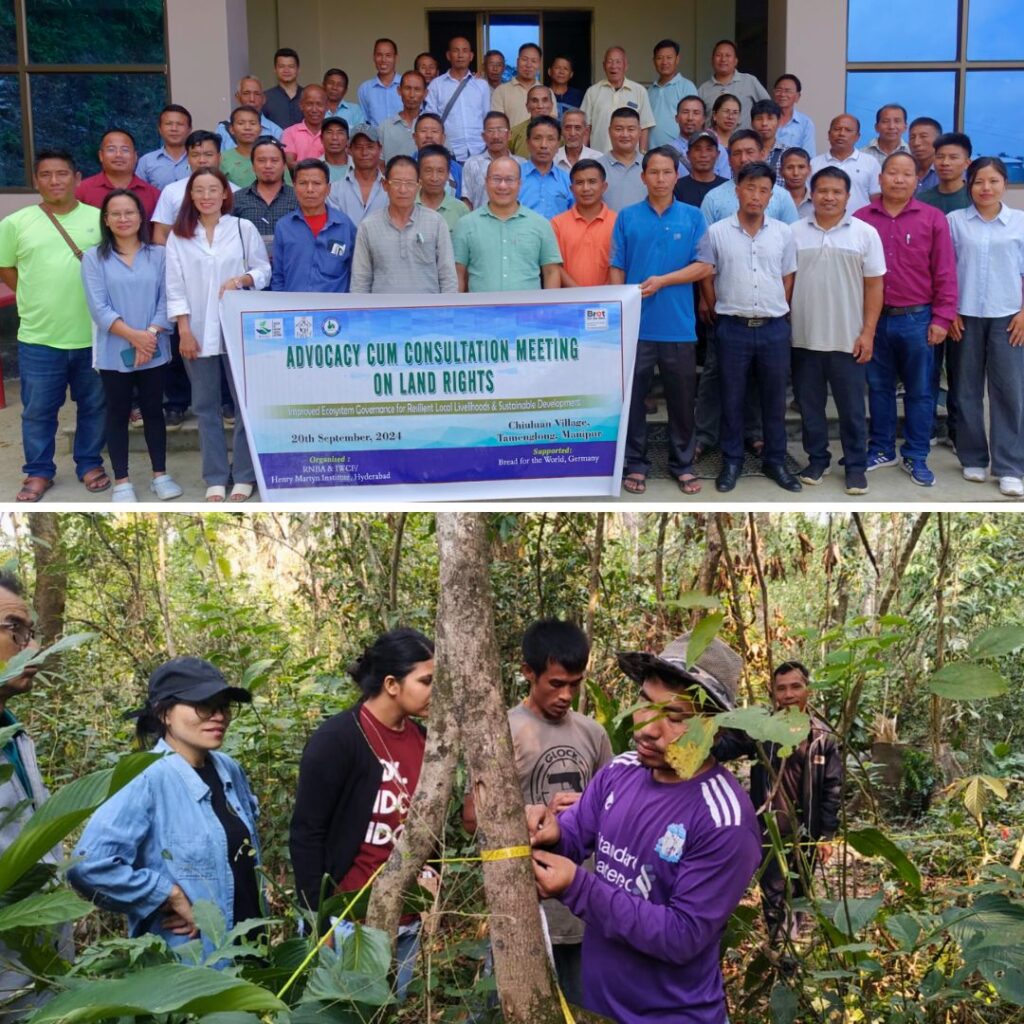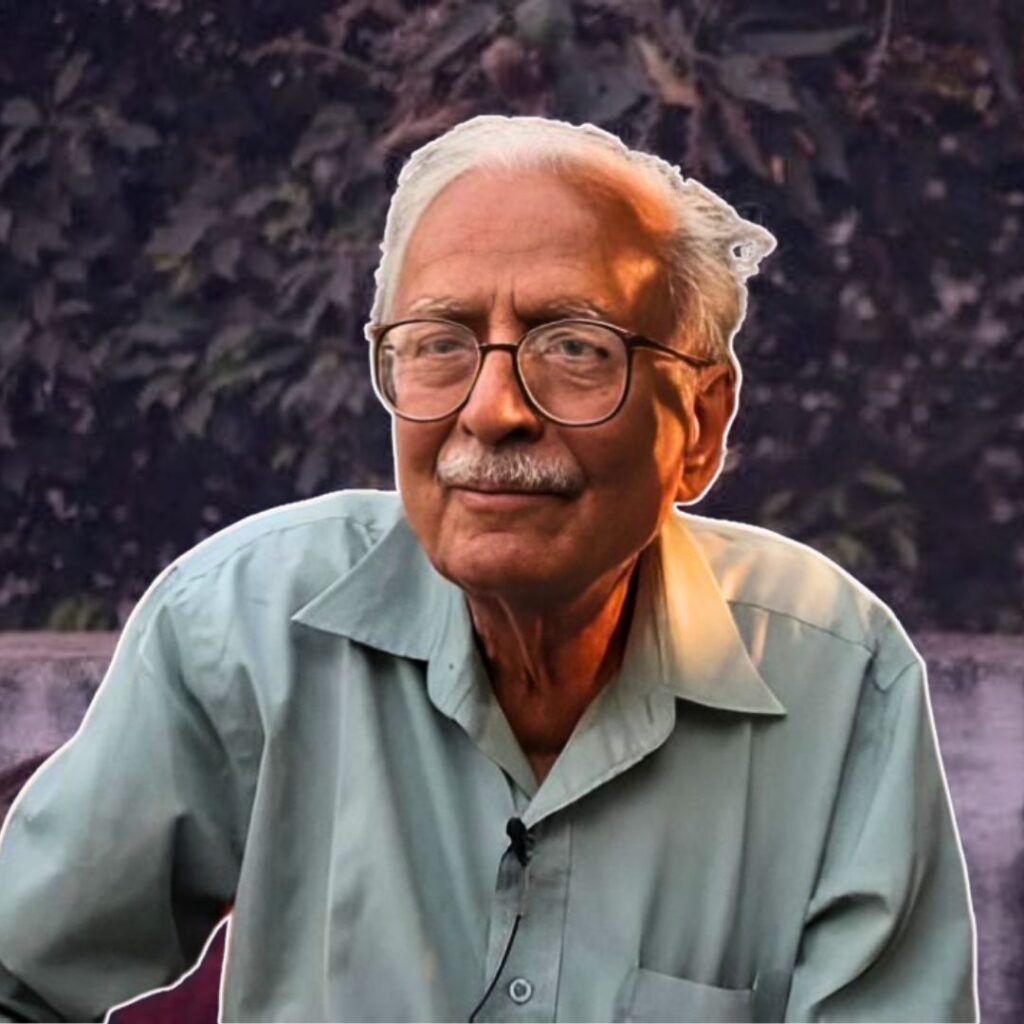Amid the state-run programme to identify severe malnutrition in children under the age of six years taking a hit amid the COVID-19 pandemic, the Maharashtra Women and Child Development has decided to step up measures to address malnutrition in the state.
According to a report by The Indian Express, I A Kundan, secretary, Women and Child Development Department said that the department will reach out to all children and train caregivers on using the Mid Upper Arm Circumference (MUAC) – a paper band/tape to measure the degree of malnutrition in children.
MUAC is a simple measuring device that can help determine whether a child has Severe Acute Malnutrition (SAM) or Moderate Acute Malnutrition (MAM), which in turn can determine what clinical measures need to be taken. A child is determined to have SAM when the MUAC – worn at the midpoint of the upper arm – is less than 11 cm. Meanwhile, MAM is indicated when the measurement is between 11 cm and 12.5 cm.
Currently, over a lakh Anganwadis are yet to be fully functional across the state. As a result, home-based caregivers will be trained to perform an initial screening of children.
Already, the caregivers’ homes are functioning as village child development centres, through which the ready-to-eat Energy Dense Nutritious Food (EDNF) – a paste made of peanuts, oil sugar, milk powder, nuts, and other nutrition-rich ingredients – is being provided. According to WCD officials, as many as 7,000 children have started receiving EDNF.
Furthermore, Anganwadi sevikas, after following all safety precautions such as wearing masks and maintaining social distancing, also visit the children at their home to check for any medical complications and refer them to the Nutritional Rehabilitation Centre.
Prior to the lockdown, there were at least 50,000 children with SAM in the state, as per the Integrated Child Development Services-Common Application Software (CAS). After the shutdown, the system of referring SAM children to Nutritional Rehabilitation Centres was also affected, officials at the WCD said.
Coordinators at Sassoon General Hospital’s Nutrition Rehabilitation Centre said that due to fears surrounding the COVID-19 pandemic, there has been a significant drop in the number of children being referred.
‘Earlier, there were almost 20 referrals. The number as now halved. Parents now bring children only if they have some infection so that both get treated – the infection and malnutrition,’ a coordinator at the NRC told the media.
Meanwhile, in an effort to address the problem of malnutrition in women and children, the third Rashtriya Poshan Maah is being celebrated in September 2020. The target of POSHAN Abhiyaan, an initiative of the Ministry of Women and Child Development, is to bring down stunting in children of 0-6 years of age from 38.4 per cent to 25 per cent by 2022.
The POSHAN Abhiyaan comes as an effort to reduce anaemia among women and adolescent girls in the age group of 15-49 years and reduce low birth weight. The Poshan Maah will focus on two activities at the grassroots level – the identification of Severely Acute Malnourished (SAM) Children and their management and plantation of Poshan Vaatikas – Nutri gardens.
In addition, awareness generation regarding the importance of early breastfeeding, need for good nutrition during the first 1,000 days of life, measures for reducing anaemia in young women and children etc. will be carried out.
A recent report by the UNICEF stated that the COVID-19 crisis could increase the severe acute malnourished burden in India. The report said that a staggering 6.7 million additional children under the age of five could suffer from wasting – lower weight for height – and therefore become severely undernourished in 2020. This, the report said, is due to the disruption of food systems and impeded access to healthcare services amid the pandemic.
Wasting, a life-threatening form of malnutrition, makes children too thin and weak, putting them at greater risk of dying, poor growth, development and learning. The report added that before the pandemic itself, 47 million children were already wasted in 2019.
In India, there are 9.3 million children below the age of five who have severe acute malnutrition (SAM) According to the data by the fourth National Family Health Survey (NFHS) (2015-16), while as many as 35.7 per cent of children under five years of age are underweight, 38.4 per cent children are stunted (low height for age).
While wasting is prevalent in 25.6 per cent children, 9.4 per cent are severely wasted in Maharashtra. Amid this, the community-based Management of Acute Malnutrition (CMAM) programme has been scaled up to 34 rural and tribal districts in the state.
The children, who are identified to have SAM, are managed at three levels. While SAM children with complications are managed at Nutrition Rehabilitation Centres, children with mild to moderate medical complications are managed at Community Treatment Centres (CTC). Meanwhile, children with SAM …











